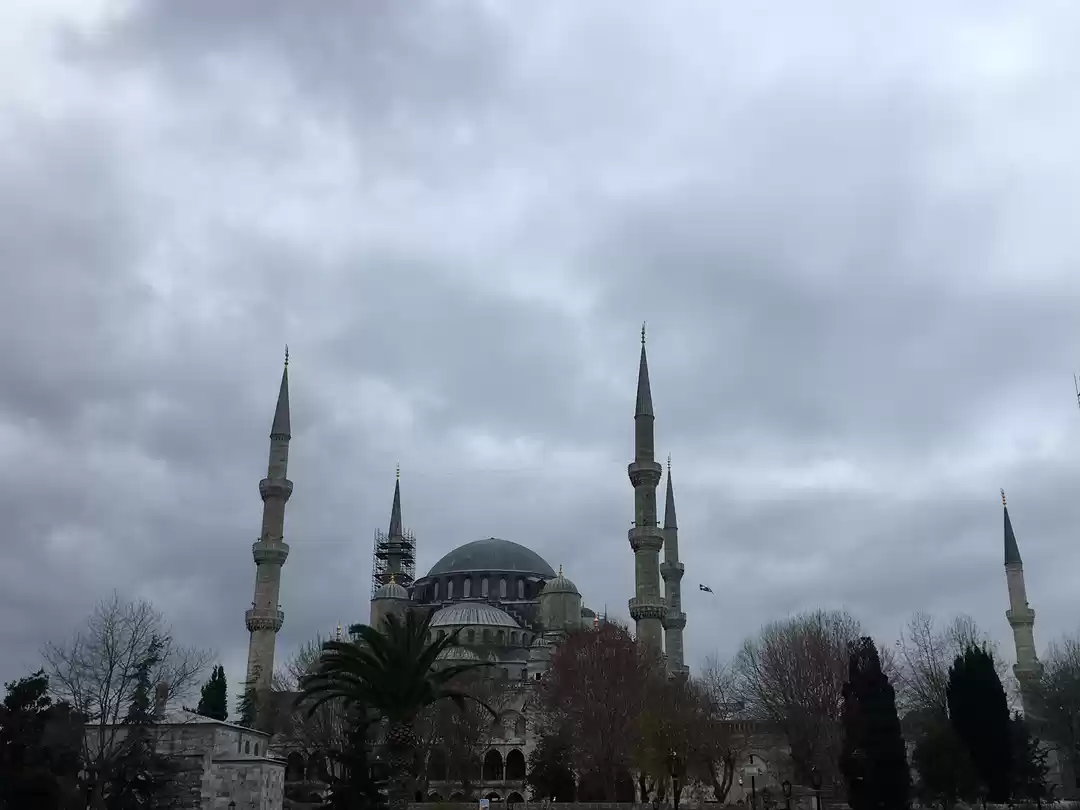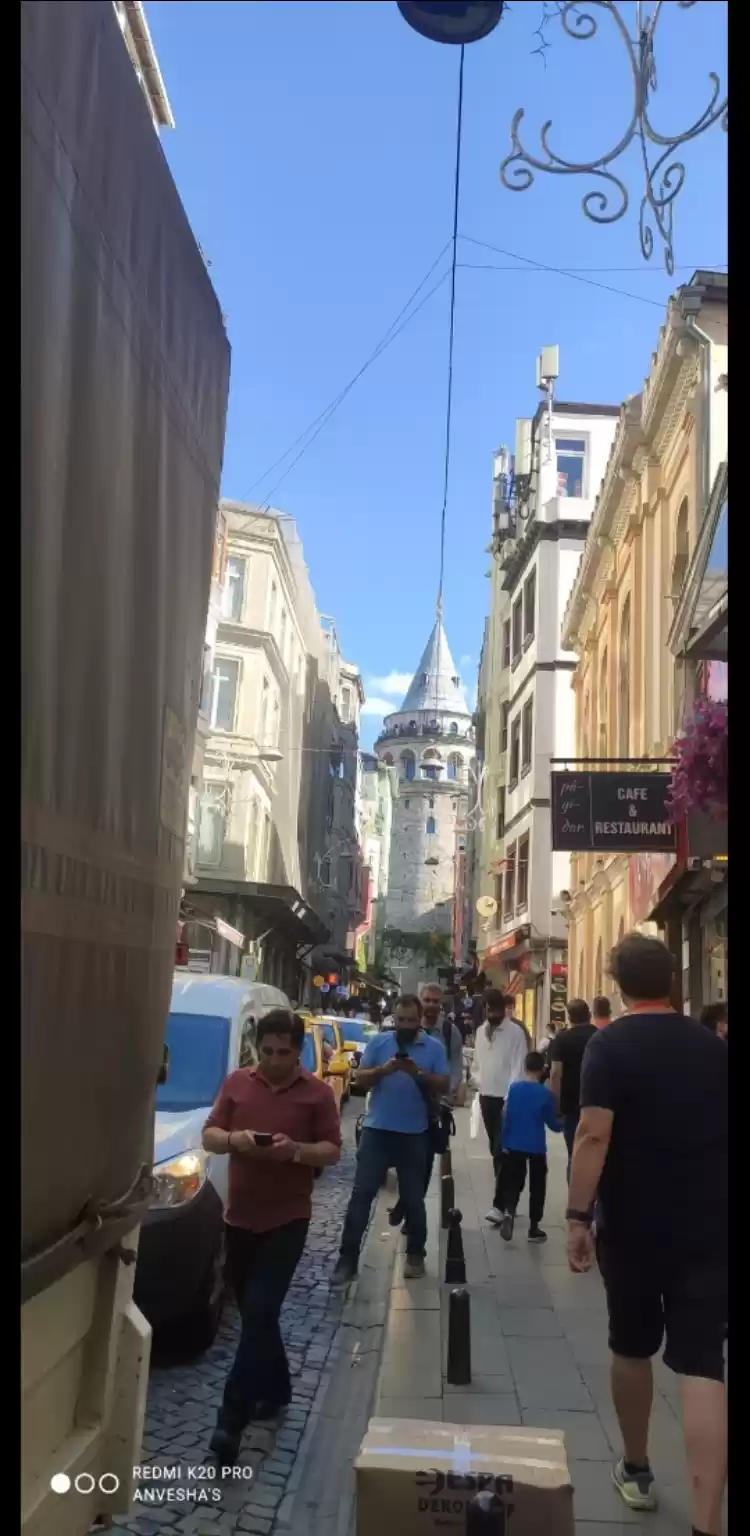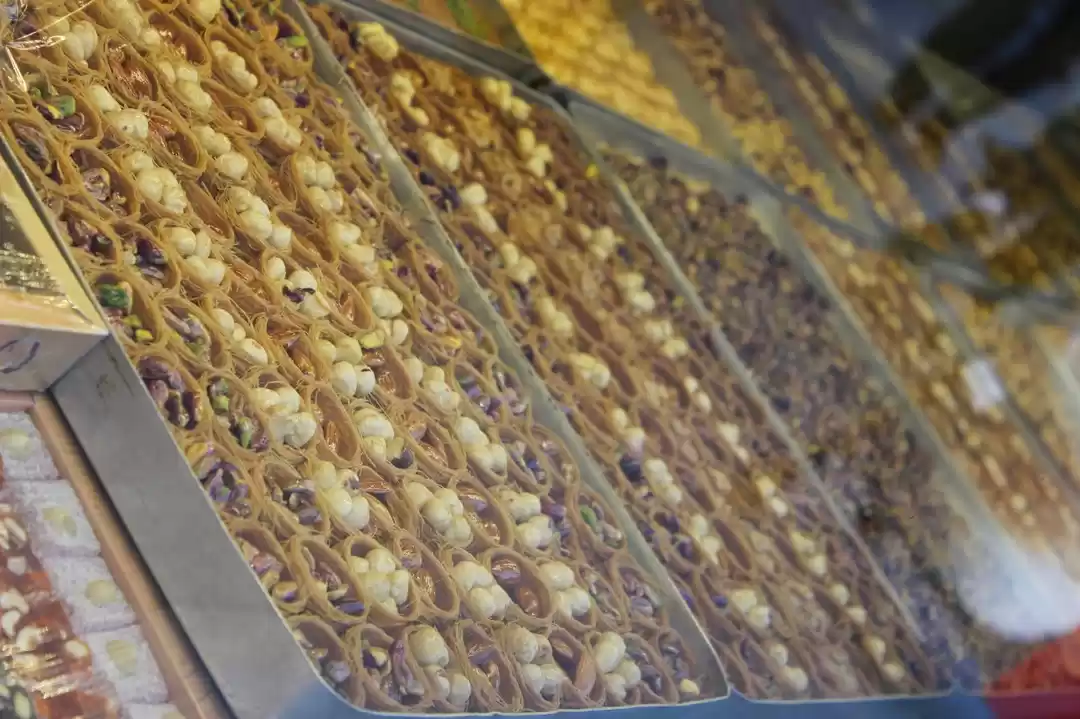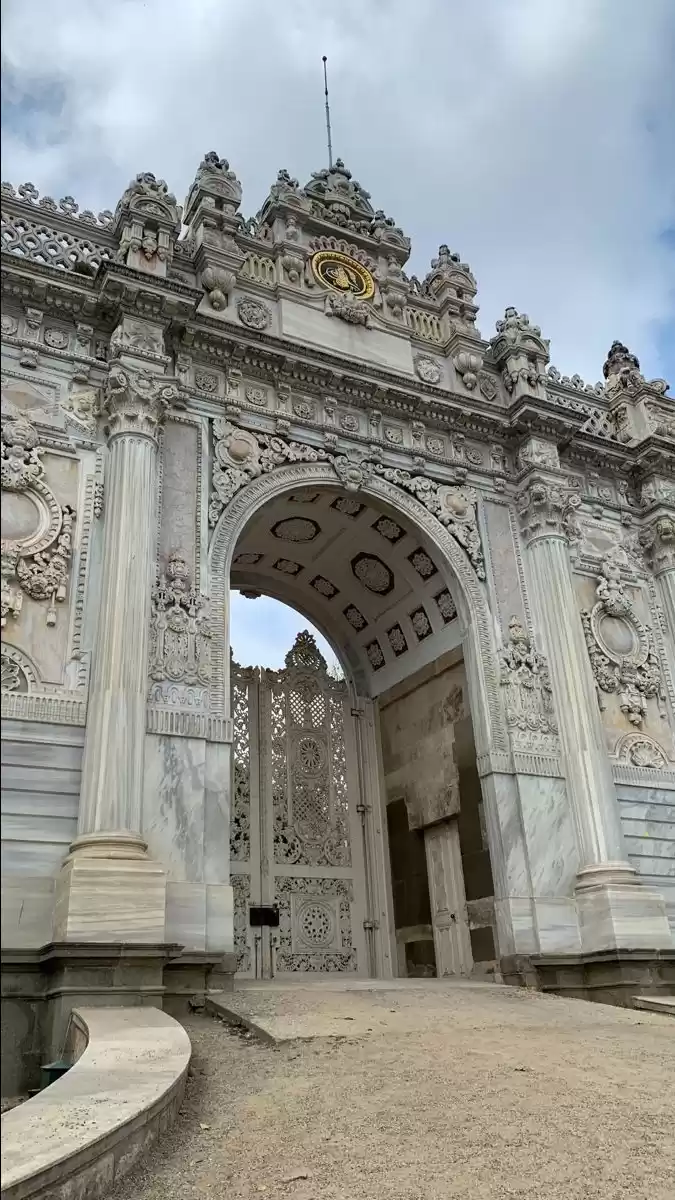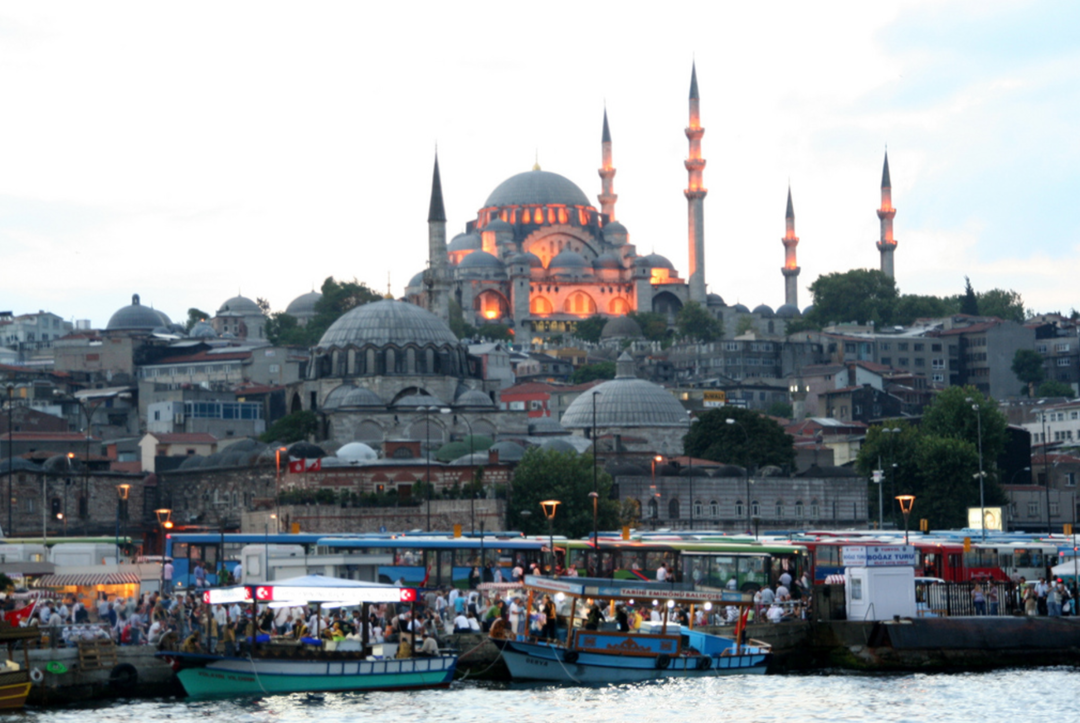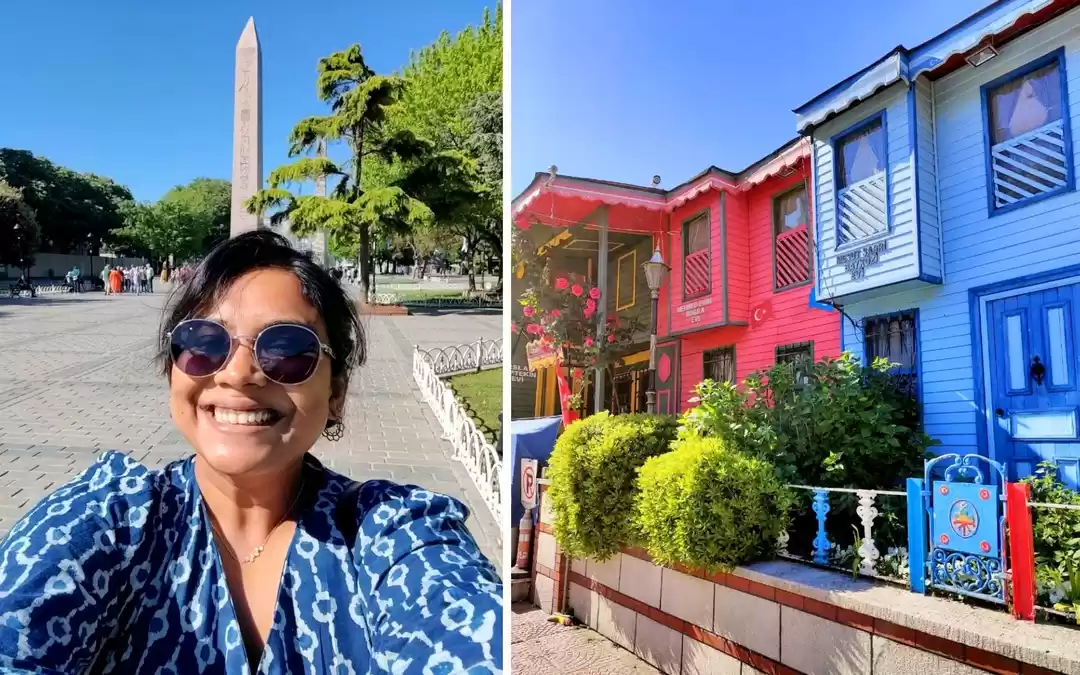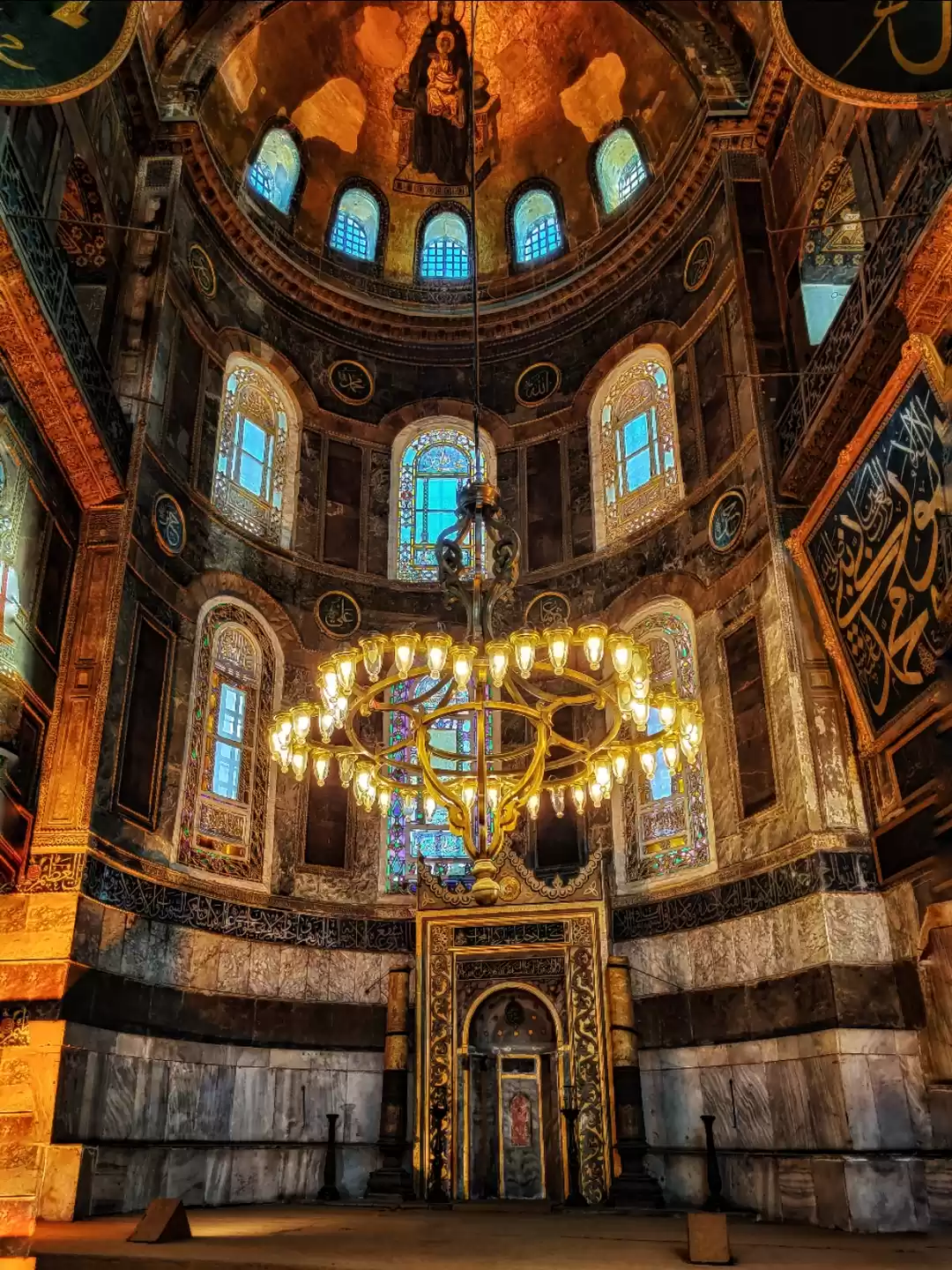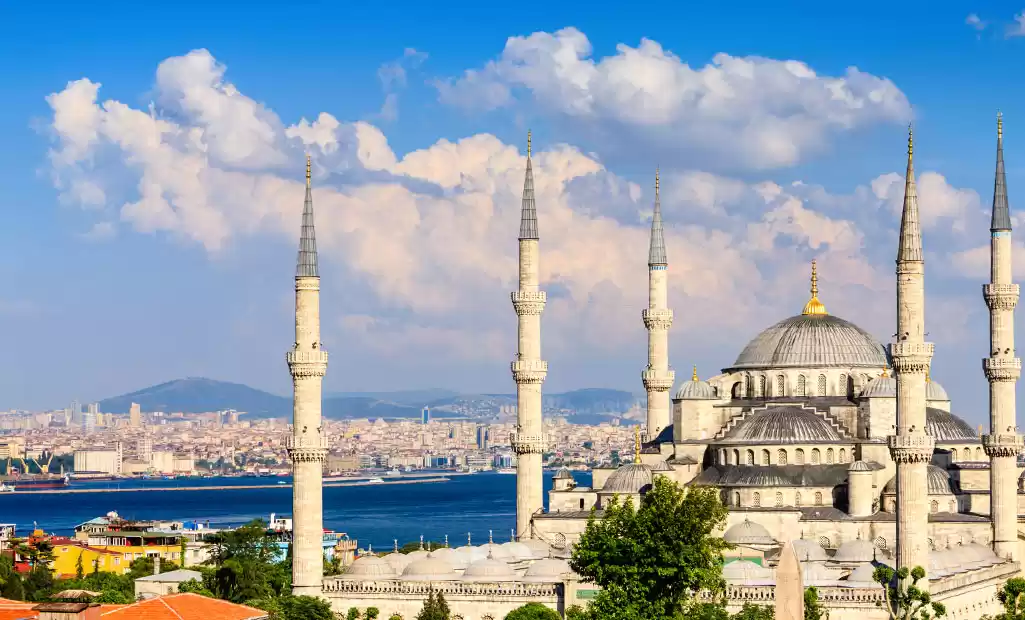Hagia Sophia is more than just a building. It is a symbol of Istanbul, a witness of history, and a wonder of the world. For over 1500 years, it has stood at the heart of the city, reflecting the glory and turmoil of the empires that ruled it. From a church to a mosque, and now a museum, Hagia Sophia has been transformed and restored many times, but it never lost its beauty and significance.
In this article, we will explore the fascinating story of Hagia Sophia, its stunning architecture and features, and its meaning and importance for Turkey and the world. We will also provide you with practical information and tips on how to visit Hagia Sophia, and what to expect when you get there. Whether you are a history buff, an architecture lover, or a curious traveler, Hagia Sophia will amaze you with its splendor and charm.
History of the Hagia Sophia

The history of Hagia Sophia is as rich and complex as the history of Istanbul itself. The name Hagia Sophia means “holy wisdom” in Greek, and it reflects the original function of the building as a Christian church. The first church on the site was built in the 4th century by Constantine the Great, the first Roman emperor to convert to Christianity. However, this church was burned down during a riot in 404. A second church was built by Constantine’s son, Theodosius II, but it was also destroyed by another fire in 532.
For over 900 years, Hagia Sophia was the largest and most important church in Christendom, and the seat of the Patriarch of Constantinople, the leader of the Eastern Orthodox Church. For over 400 years, Hagia Sophia was the main mosque of Istanbul, and the inspiration for many other mosques in the city, such as the Blue Mosque and the Suleymaniye Mosque.
However, in 2020, the Turkish government announced that Hagia Sophia would be converted back to a mosque, following a court ruling that annulled its museum status. The decision sparked controversy and criticism from many countries and organizations, who argued that Hagia Sophia was a universal symbol of cultural heritage and interfaith dialogue, and that its conversion would undermine its historical and artistic value. Despite the opposition, Hagia Sophia reopened as a mosque in July 2020, and it is now open for Muslim prayers, as well as for visitors of other faiths.
Architecture of the Hagia Sophia

The architecture of Hagia Sophia is a reflection of its history and function, as well as a testament to its beauty and innovation. The building is a fusion of Roman, Byzantine, and Ottoman styles, and it combines elements of both Christian and Islamic art and design.
The most striking feature of Hagia Sophia is its dome, which has a diameter of 31 meters and a height of 56 meters. The dome is supported by four pendentives, which are triangular sections of vault that transfer the weight of the dome to the four piers below. The pendentives are decorated with four seraphim, or angelic figures, whose faces were uncovered in 2009 after being hidden for centuries. The dome also has 40 windows around its base, which create a stunning effect of light and shadow, and give the impression that the dome is suspended from heaven.
The interior of Hagia Sophia is equally impressive, with a spacious and harmonious layout that creates a sense of awe and wonder. The exterior of Hagia Sophia is less ornate than the interior, but it still has some notable features, such as the four minarets, the buttresses, and the marble portals.
Significance of the Hagia Sophia

The significance of Hagia Sophia goes beyond its history and architecture, and it extends to its meaning and importance for Turkey and the world. Hagia Sophia is a symbol of the cultural and religious diversity of Istanbul, a city that has been a crossroads of civilizations for centuries.
Hagia Sophia is also a symbol of the continuity and change of history, a building that has witnessed and adapted to the rise and fall of empires, and the shifts of power and faith. Hagia Sophia is also a symbol of the beauty and innovation of art and design, a building that has inspired and influenced many other buildings, and that has challenged and amazed many generations of visitors.
Visiting the Hagia Sophia
Visiting the Hagia Sophia is an unforgettable experience that you should not miss if you are in Istanbul. Whether you want to admire its architecture, learn about its history, or feel its spirituality, Hagia Sophia will offer you something unique and memorable. However, before you visit Hagia Sophia, there are some things that you need to know and prepare, such as its location, opening hours, admission fee, and highlights. Here are some practical information and tips on how to visit Hagia Sophia, and what to expect when you get there.
How to Get There
Hagia Sophia is located in the Sultanahmet district of Istanbul, which is the historical and cultural center of the city.
You can easily reach Hagia Sophia by public transportation, such as tram, bus, metro, or ferry. The closest tram stop is Sultanahmet, which is on the T1 line that connects the European and Asian sides of the city. The closest bus stop is Sultanahmet Meydanı, which is served by several bus lines, such as 28, 28T, 30A, 36T, and 38E. The closest metro station is Aksaray, which is on the M1 line that connects the airport and the city center. The closest ferry terminal is Eminönü, which is on the Bosphorus route that connects the European and Asian shores of the city. You can also take a taxi or a private car to Hagia Sophia, but be aware of the traffic and the parking situation in the area.
When to Go
Hagia Sophia is open every day, except on Mondays, from 9:00 am to 5:00 pm in the winter season (October to April), and from 9:00 am to 7:00 pm in the summer season (May to September).
However, Hagia Sophia may be closed or have limited access during Muslim prayers, which are five times a day, and last for about 15 to 20 minutes each. The prayer times vary depending on the season and the day, but they are usually around sunrise, noon, afternoon, sunset, and night. You can check the exact prayer times on the official website of the Hagia Sophia Grand Mosque, or on the signs outside the building.
What to Wear

Hagia Sophia is a mosque, and as such, it has some rules and regulations that you need to follow and respect when you visit it. One of the most important rules is the dress code, which applies to both men and women, and which requires you to cover your head, shoulders, and knees. You should wear modest and appropriate clothing, such as long pants, skirts, or dresses, and long sleeves, shirts, or jackets.
You should also wear a scarf, a hat, or a hood to cover your hair, and remove your shoes before entering the building. You can bring your own clothing and accessories, or you can borrow them from the entrance, where they are provided for free. You should also avoid wearing any clothing or accessories that have offensive or inappropriate symbols or messages, such as crosses, stars, or flags.
Hagia Sophia is a remarkable building that deserves your attention and admiration. It is a masterpiece of history, architecture, and culture, and a symbol of Istanbul, Turkey, and the world. It is a place where you can learn, explore, and enjoy, and a place where you can connect, respect, and appreciate. Hagia Sophia is a place that you should not miss when you visit Istanbul, and a place that you will never forget once you see it. We hope that this article has provided you with useful and interesting information about Hagia Sophia, and that it has inspired you to plan your visit soon.


























